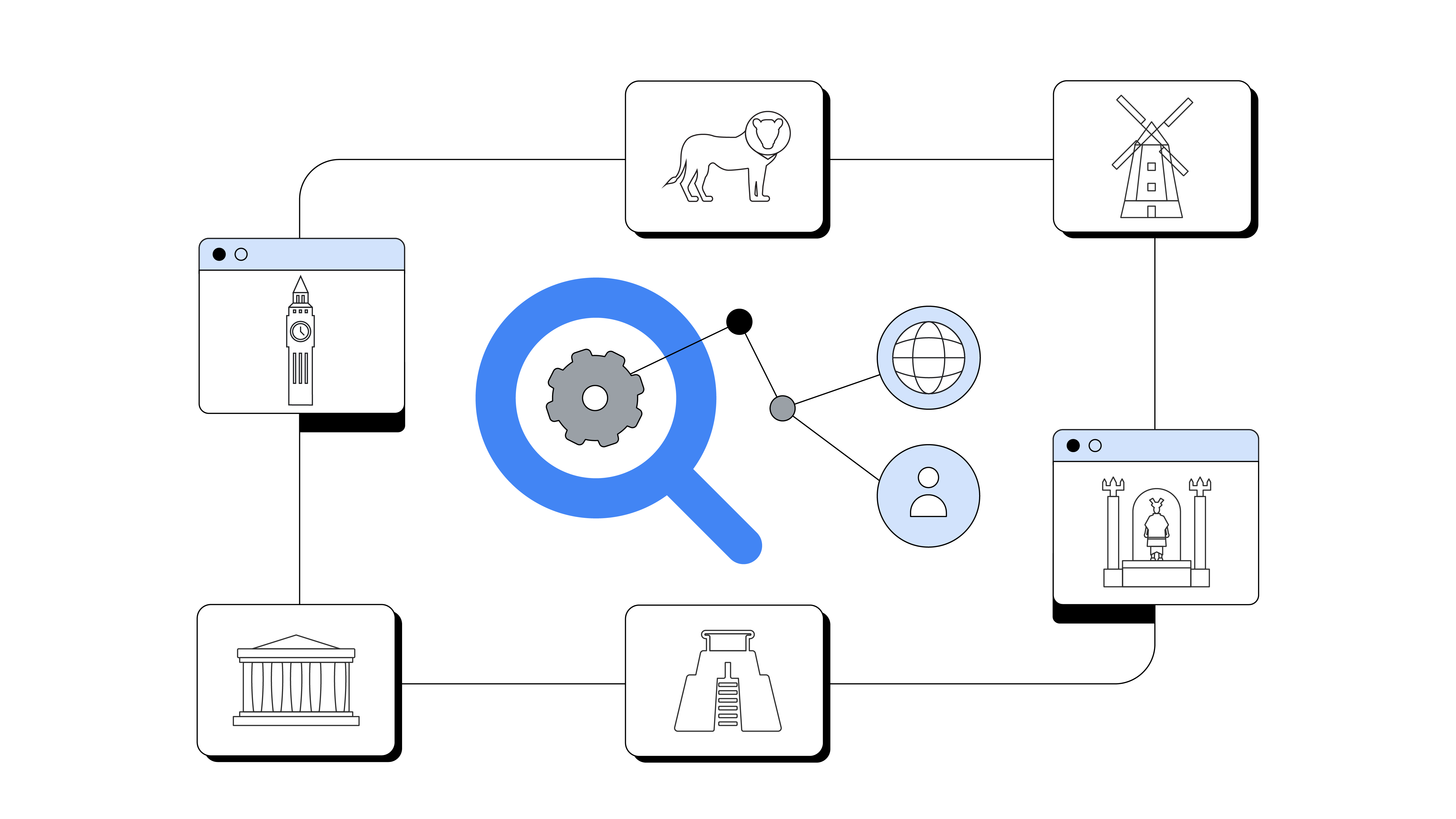CMOs today have an amazing opportunity. Armed with abundant data and powerful technology, leading creative and talented teams, they are in a better position than ever to drive profitable growth, develop winning strategies, and help create superior customer experiences for their companies. It’s a great time to be in marketing.
So why is it that, according to Deloitte, only about 26% of CMOs regularly attend their companies’ board meetings? Perhaps it’s because those who do attend have managed to prove to their CEOs and boards how integral marketing is to driving growth, rather than just being a cost center or budget line, and that they need to be sitting at the table in most major strategy discussions.

We meet daily with CMOs from top companies around the world, many of whom are in the 26% who have earned that spot at the board table. Here’s how they did it.
Prove marketing is driving growth
As most advertising goes digital — around 60% of global ad spend will be digital by 2024, helping make advertising more measurable and accountable — marketers can measure the business impact of their programs much more accurately, allowing them to draw a direct line from marketing investment to profits. Today’s machine learning–powered platforms equip advertisers to set and achieve business goals with confidence. This means CMOs can prove to their boards how the investments with which they’ve been entrusted turned into profitable growth, putting them in a good position when they want to ask for more.

The CMO’s first step is to set the expectation, across the marketing team and with partners, that campaigns should be measured in terms of business impact (such as revenue and profits) and not media or marketing metrics (like reach) alone. To get internal buy-in, collaborate with the CFO to develop a dashboard that tracks, in near real-time, the business impact of marketing investments. Then use the dashboard to constantly refine marketing investments, putting more money in the programs with proven results.
To overcome any initial skepticism about the verity of the business impact dashboard, start in a particular geographic area, or with a particular advertising channel. Invest as much as you can in profitable advertising in that region or channel, measure and optimise to strengthen the results, then share them across the C-suite and the board.
For example, Emily Callahan, chief marketing and experience officer at St. Jude Children’s Research Hospital, led an effort to break down silos between the media and analytics teams and created a measurement dashboard encompassing all marketing touchpoints. Her team used this data to shift its online engagement strategy and constantly improve ad performance, leading to a 46% increase in online donations in 2020.
Use smart insights to create a smart strategy
Because CMOs are the closest company leaders to customers, in a rapidly changing, customer-centric world, they are well-positioned to promote strategic shifts. You can do this by discovering the right data that illuminates customer trends and then using those insights to enlighten the rest of the C-suite. This doesn’t have to be a heavy lift. While many companies undertake data integration projects to break down silos and build a 360-degree view of the customer, CMOs can use data that’s available right now to find that one key insight that can add significant profits.
Because CMOs are the closest company leaders to customers, in a rapidly changing, customer-centric world, they are well-positioned to promote strategic shifts.
One example of this concept in action comes from Pamela Moy, the former VP of marketing at the insurance firm Allstate, who now works as the president of AMA Insurance. While at Allstate, she and her team used data to learn that, while 70% of customers were researching their next policy online, only 1 in 5 knew that Allstate offered different types of policies, and only 1 in 3 understood the cost savings available by bundling policies. Pamela and her team applied this insight to change Allstate’s sales strategy, quadrupling the company’s cross-selling volume.
Transform the customer experience
While CMOs are not necessarily in charge of all customer touchpoints, such as websites, apps, or physical stores, they are in the best position to be the voice of the customer and to lead the way in constantly improving those touchpoints.
It starts by investing the time to fully understand how digital natives approach your brand. Spend time researching, purchasing, and using your own products online, which is how most customers work with you today. Go deep on your mobile website, and compare that experience with that of your most digitally savvy competitors. Test your various online-to-offline experiences. Are they seamless and easy to navigate? Combine this qualitative effort with internal data on website speed, bottlenecks, and other data tracking the customer journey. Revisit and challenge assumptions about the business and channel models that may be outdated.
CMOs are in the best position to be the voice of the customer and to lead the way in constantly improving touchpoints.
For example, you can trade in your old vehicle and buy, finance, and insure a new Tesla in under 10 minutes on their website. “Oh sure,” you say, “but that’s Tesla.” True, but you’ll also be able to do that on Asbury Automotive Group’s new site, Clicklane, when it launches later this year. This is all thanks to CMO Miran Maric, who has helped lead a five-year strategic shift across the company to be far more customer-centric and digitally savvy. One result: Asbury’s stock price is up 215% in the past five years, compared to the stock of the largest U.S. auto dealer group, AutoNation, which was up only 55%, as of mid-January.
Proving the value of marketing
These principles and examples all demonstrate the step change in marketing’s ability to drive profitable growth, adopt new strategies, and create amazing customer experiences — which will give all CMOs something to share at their next board meeting.







